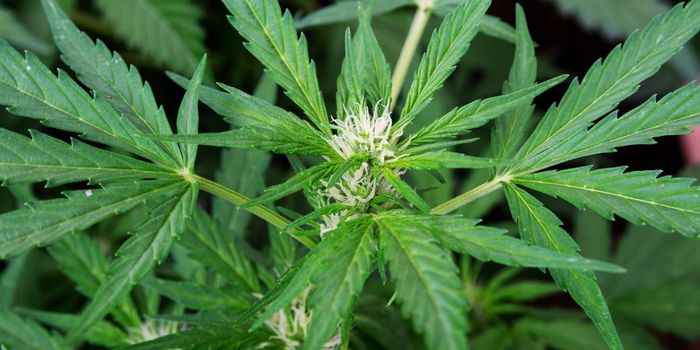Reports of THC Exposure to US Poison Center Increased by 89%
A new study found that the number of cases related to tetrahydrocannabinol (THC) reported to the US Poison Center increased by 89.1% between 2021 and 2022. The researchers behind the study wrote that unintentional ingestions by young children are of particular concern. The corresponding study was published in Clinical Toxicology.
The availability of synthetic THC increased in the US following the passage of the Farm Bill in 2018. In the current study, researchers investigated the characteristics of exposures to delta-8 tetrahydrocannabinol, delta-10 tetrahydrocannabinol, and tetrahydrocannabinol-O acetate that were reported to US poison centers between 2021 and 2022.
To do so, they analyzed National Poison Data System data. Altogether, there were 5,022 reported causes involving THC between January 1st, 2021, and December 31st, 2022. The researchers reported that the rate of exposure per 100,000 increased by 89.1% during the time frame and that children under six years old accounted for 30.1% of cases.
The vast majority of cases- or 98.1%- involved delta-8 tetrahydrocannabinol, while 94.3% of cases were single-substance exposures, and 95.9% occurred in a residence. Among the reported cases, 25% reported mild central nervous system depression, 23% tachycardia, and 15.6% agitation. Over a third of cases- or 38.4%- experienced a serious medical outcome. Meanwhile, 10.3% were admitted to a noncritical care unit and 5.3% to a critical care unit.
“Many people don’t realize how toxic these products can be, especially to young children. One in four children needed to be hospitalized after exposure,” said Hannah Hays, MD, co-author of the study, medical director of the Central Ohio Poison Center, and faculty of the Center for Injury Research and Policy at Nationwide Children’s, in a press release.
“If someone vapes, smokes, eats edibles or drinks infused beverages with delta-8, delta-10 THC or THC-O, all of those products should be stored up, away, and out of sight and reach of children, preferably in a locked container. These products should never be used in front of kids who might mistake them for food or drinks that they are allowed to have,” she added.
The researchers also highlighted inconsistent regulation of THC products among states. As the US Food and Drug Administration (FDA) does not regulate their manufacturing, many products may also contain contaminants such as heavy metals, solvents, or pesticides that may not be listed on the packaging.
Of state regulations, Christopher Gaw, MD, co-author of the study, pediatric emergency medicine physician and faculty member of the Center for Injury Research and Policy at Nationwide Children’s said in a press release: “We need clearer regulation of these products with better oversight and enforcement.”
Sources: EurekAlert, Clinical Toxicology









